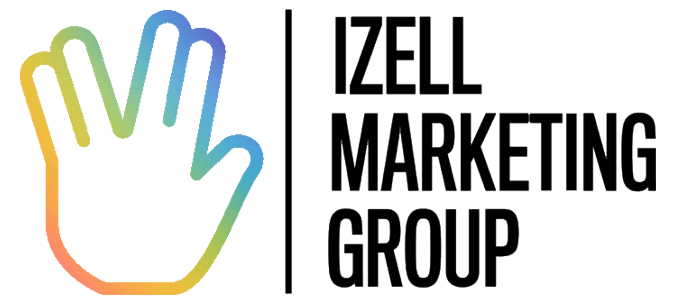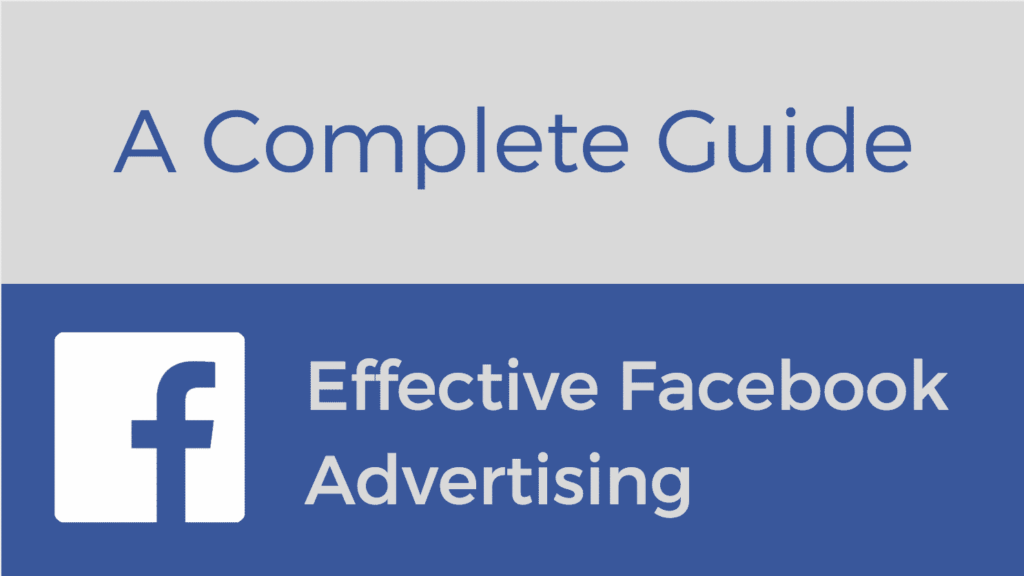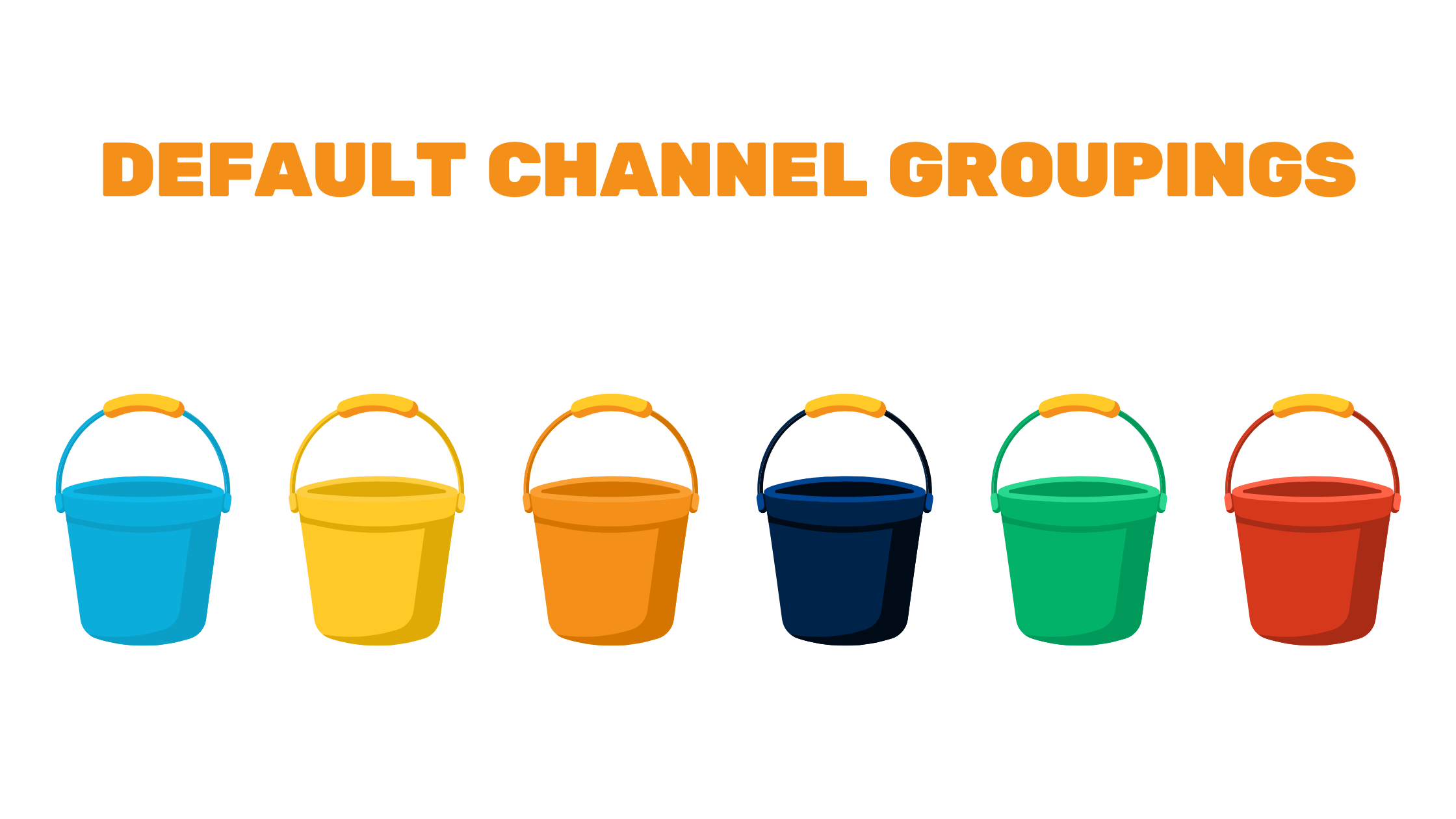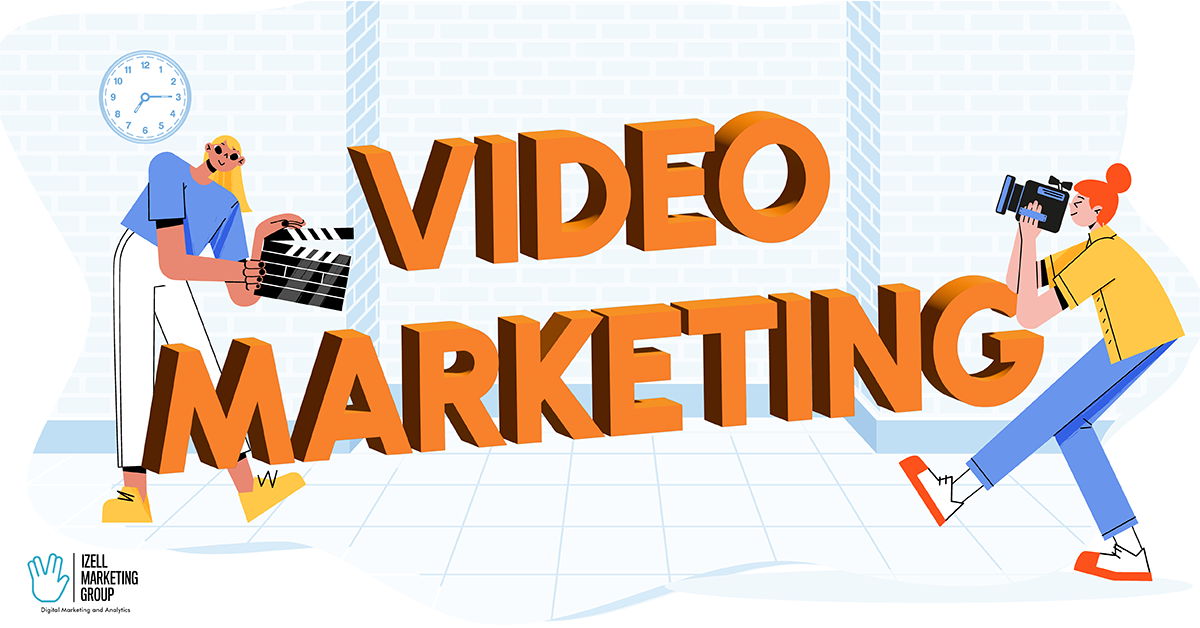Table of Contents
Are Meta Ads worth the money? Are they going to help your business grow?
…Maybe. Planning a Facebook advertising strategy that is profitable and/or beneficial to your business goals is actually a lot more involved than it seems on the surface.
Let’s review some strategies and lay out expectations based on the most common goals:
- Sales/Revenue
- Newsletter or Giveaway Sign Ups
- Lead Generation
- User Engagement
Sales and Revenue
If you are focused on generating sales and profitable revenue from Meta advertising, then you definitely need to lay out a clear and intentioned strategy first. What are your primary business goals? What do you want to achieve with your campaign? The campaign objective you choose will determine how your ads are optimized. If you want to generate sales, you should choose the “Conversion” campaign objective. Once you choose your objective, you can optimize your ads. (*Note: it’s important that your ad set and your ad delivery are set to your campaign objective*).
Step 1: Start with Remarketing
If you are hoping for immediate profit from Meta advertising, you need to start with advertising to the audience you already have — that is, anyone who has already been to your website and hasn’t checked out yet. Use your own first-party data like your customer list, newsletter contacts, or followers. You can also create custom audiences for people who have used specific features on your site or abandoned their shopping carts.
Take advantage of automated tools like Dynamic Product Ads or Advantage+Catalog Ads .To create dynamic ads you must have a product catalog and it needs to be connected to your Meta ad account. You can select the specific products you want to advertise , your budget, and your objective, and Meta will create dynamic creative based off of these. Pairing dynamic product ads with your remarketing lists can be the most effective strategy, since you are showing a product to someone who has already visited your website and shown interest in that exact product before.
Step 2: Define a Very Specific Audience
Meta Ads allow you to target ads to people based on their demographics, interests,and behaviors. Meta has advanced tools when selecting your audience that come in handy. It helps to do your research here!
- Check out Meta’s Audience Insights tool. This will help you gain more information about your audience.
- Try building Lookalike Audiences that expand your audience based off of your current audiences or customer lists
- Find the audience that will actually consider purchasing from you. This means you will likely need to overlap targeting criteria in your Meta audience targeting. You can do this using Meta’s “Narrow audience” feature.
The more specific your audience, the more likely you can figure out exactly how to cater your messaging to this audience, which brings us to step 3.
Step 3: Match Your Ads to Your Exact Audience
Don’t rely too heavily on assumptions. It’s time to do a little research and a lot of team brainstorming. Now that you’ve defined a specific audience, do a little demographic research to see what this group of people have in common even outside of your targeting criteria.
What are the things that cause them the most pain? What are their habits? Interests? You might find that your target audience tends to be tech savvy or tends to look for the best deals online. These little bits of information could give you the perfect angle to approach ad copy writing.
Remember:
- Keep your ad text casual and personal.
- Avoid generic sales language (e.g. “Buy Now!” “Limited Time Offer!”)
- Stick to appealing to what these people care about. If they care about tech specs, list them. If they care about discounts, tell them you send out monthly coupons in your newsletter. If they are socially or environmentally conscious, tell them what your company is doing to make this world better
Step 4: Best Practices for Creative Video Advertising
Video is King! Over 140 BILLION reels are played every day on Meta. From 2020-2022, there was a 34% increase in average daily online video watch time. Meta recently disclosed that Reels make up over 20% of the time users spend on Instagram. So it’s more important than ever before to take advantage of this trend and create video content that converts.
To create Video content that converts on Meta there are a few crucial practices:
- Grab their ATTENTION at the start! Think catchy intros, surprises, go with something unconventional or unusual.
- Keep it short & sweet! You only have ~30 seconds or less to make your point and call the viewer to action, so make it count.
- Go Vertical! Landscape videos are so 2019
- Captions are vital- non-negotiable!
- Make sure your content is accessible to all– with or without sound
- Use text & graphics to highlight key points or add a call to action
- Consumers appreciate transparency & honesty. You can showcase your brand through UGC (user-generated content) like reviews, testimonials and the like.
- To drive action, you should focus on the product and demonstrate why and how to get it.
- Always end with a Call-To-Action. Keep your messaging clear and concise.
Newsletter or Giveaway Sign Ups
If you’re looking to drive newsletter sign-ups, keep these principles in mind:
- Make sure you have identified the audience that will actually find your newsletter content valuable. This means you will likely need to overlap targeting criteria in your Meta audience targeting. You can do this using Meta’s “Narrow audience” feature.
- Test your audiences! If you’re not sure which will be the most responsive audience to your newsletter, test separate campaigns that target the separate audiences. Start with the same bids and same budget to gather enough data for each group in order to decide a “winner.”
- Offer something compelling upfront. Many people are hesitant about giving out their contact information. So, you’ve got to offer something better than the 100s of other companies vying for their email addresses. Meta audiences are most often compelled by a significant discount (think about it – what else would pull them away from trolling political discussions or posting pictures of their babies?).
- A great tactic for getting sign ups from Meta is to offer a 20% off or more discount code for an initial sign up. Don’t worry if this eats into your margins too much. Getting users opted into your email campaigns should pay off in the long run, assuming you have a proven email strategy.
Lead Generation on Meta
Even a B2B business can advertise on Meta, but I’ll admit it’s more challenging than it is for the B2C market.
Before going too far into planning your lead-generation campaigns on Meta, check out your Meta audience targeting options to see if your market is even defined here. There are a number of industries that won’t have the targeting options available and would probably do well to test out campaigns on LinkedIn’s ad network.
When looking to drive leads on Meta, keep in mind that Meta is not a platform where businesses are looking to find service solutions. This means you need to find a more social-friendly approach to your usual sales tactics.
Keep these principles in mind:
- Try a casual tone and try being a little more personal. This might seem counterintuitive to your brand or uncomfortable at first, but you’ll find that people will engage more if you’re authentic.
- Be careful about how you tout your business’s successes. It’s better to keep your ad language more audience-focused and less business-focused. People will call you out on Meta for every flaw you may have! Be ready for negative feedback and take it in stride.
- If you’re looking to generate leads via a form, whitepaper download, or other free offering, make sure you make the core value clear. Meta users will be hesitant to hand you their email address, so it is important to show how they get immediate value out of your offering. Offer something that satiates an immediate desire because the long-term payoff of working with your company might not be compelling enough to pull them away from their newsfeed.
Engagement
When you create ads with the Engagement objective, your goal is to reach people more likely to engage with your post. Engagement includes likes, comments and shares but can also include offers claimed from your page. Admittedly, engagement is the easiest goal to accomplish on Meta’s ad platform.
One thing you must keep in mind with this goal, however, is that engagement does NOT necessarily lead to sales/leads/customer base growth. If your goal on Meta is to get higher engagement (likes, shares, comments), then it will be beneficial to think of some “what’s next?” goals that collaborate with your increased engagement.
What do I mean by this? Let’s say you run a campaign that increases your company page likes by over 200. This may seem like a success, but what can you do with these 200 new likes on your page? You can’t expect new users to see your company Meta posts unless you boost them, so it’s good to keep in mind that future posts focused on a sales or lead goal will need to be boosted to this new audience.
Here are key principles to an effective Meta engagement strategy:
- Use this objective to increase interaction with your audience in the form of likes, shares, comments, and messaging. Statistics from Meta:
- Messaging campaigns have 3x higher conversion rates
- Video Views & Post Engagement can dramatically increase interactions
- Engagement is not the quickest way to compel users to take an immediate action- keep this in mind when crafting campaigns
- Use this objective to increase interaction with your audience in the form of likes, shares, comments, and messaging. Statistics from Meta:
- Try not to go the cliché route of explicitly telling users to share or like your post. Try instead to post a compelling question or an interesting piece of content that is likely to elicit some sort of emotional response from your audience. They’ll feel compelled to interact with this type of content on their own.
The important part is to keep trying and keep learning. A failure on Meta is a lesson for your next campaign. Meta ads can lead to sales if you put the diligence into learning about your audience and help them relate to your brand.




